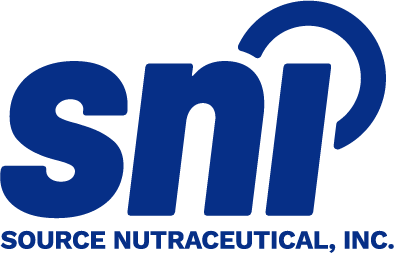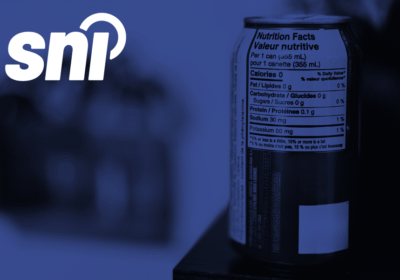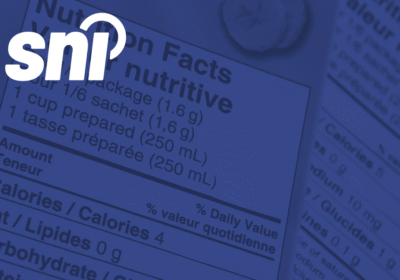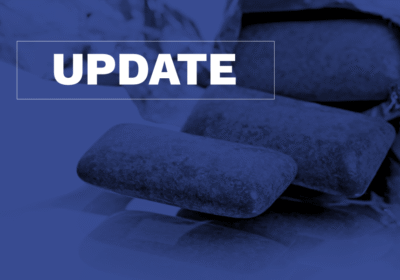On July 25, 2025, Health Canada published a Notice of Proposal (Reference No. P-SIS-25-02) outlining its intent to amend the List of Permitted Supplemental Ingredients to allow up to 30 percent juice content in certain caffeinated beverages. This proposal, which applies to both carbonated and non-carbonated water-based beverages, would adjust the current restrictions that limit juice content to less than 25 percent.
The proposed modification responds to a pre-market submission and includes updates to both English and French versions of the List of Permitted Supplemental Ingredients. These changes are described as “permissive,” meaning manufacturers can choose to adopt the new maximum limit or continue adhering to the current one.
Background: Supplemented Foods and Juice Restrictions

Under the Food and Drug Regulations (FDR), supplemented foods are governed by two main lists incorporated by reference: the List of Permitted Supplemented Food Categories and the List of Permitted Supplemental Ingredients. These lists specify which food categories may include supplemental ingredients and define the acceptable conditions of use.
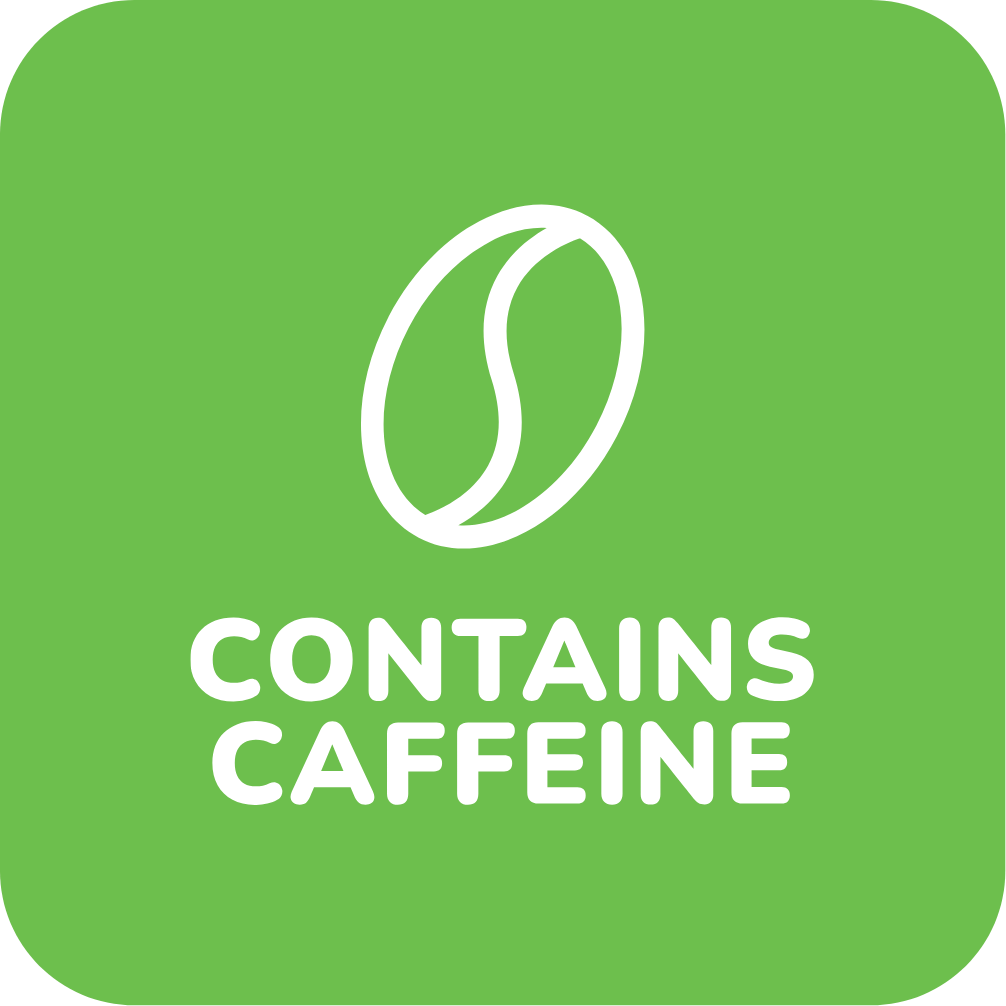
Caffeine, a common supplemental ingredient, is currently subject to strict labelling and compositional requirements. For example, non-carbonated water-based beverages with up to 150 ppm of added caffeine must contain less than 25 percent juice and are prohibited from displaying juice-related terms like “juice,” “purée,” “pulp,” or “nectar” on the label, except in the ingredient list. Similarly, beverages with more than 150 ppm of total caffeine content from all sources, including carbonated options, are also restricted to less than 25 percent juice.
What Is Changing and Why
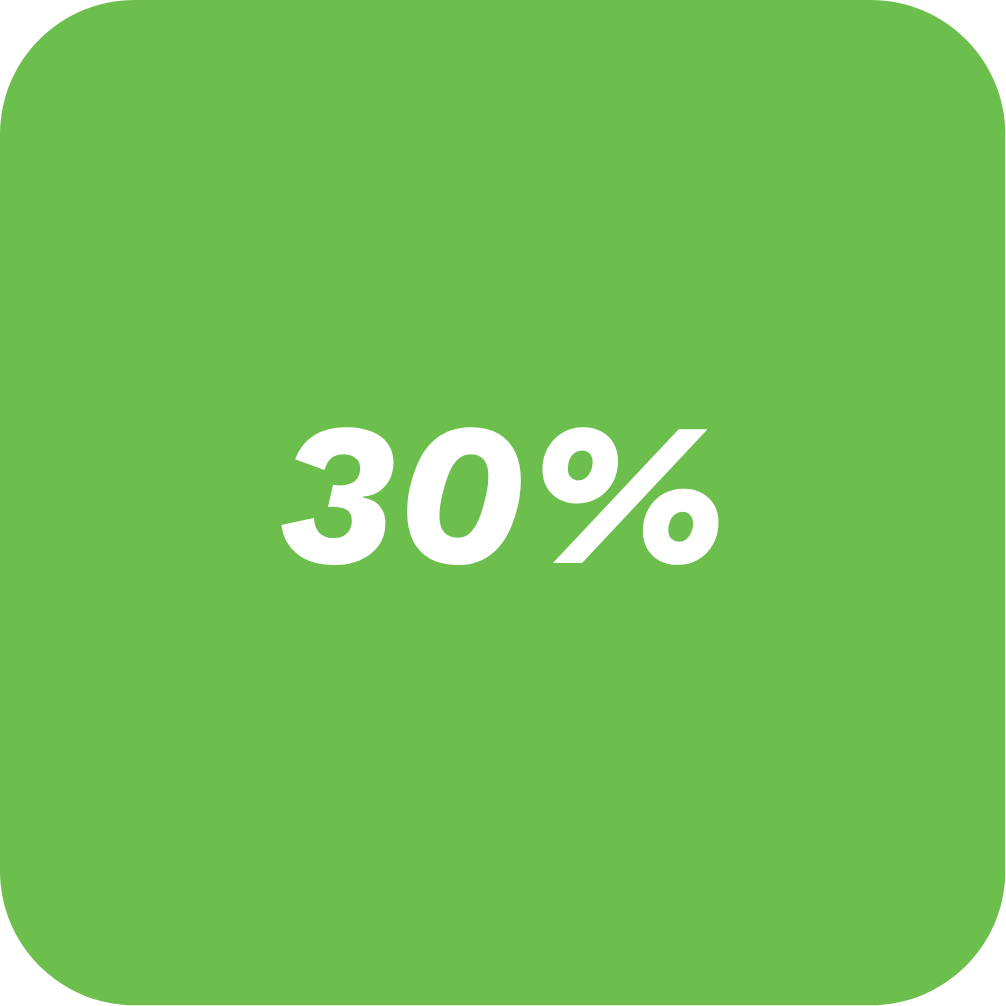
Health Canada’s Food and Nutrition Directorate has reviewed a submission requesting an increase in the permitted juice content from under 25 percent to no more than 30 percent for beverages containing more than 150 ppm of caffeine. The Directorate’s assessment found no safety concerns with this proposed threshold.
As a result, Health Canada proposes to modify both caffeine entries in the List of Permitted Supplemental Ingredients to align the allowable juice content across different caffeine levels. This would eliminate the current discrepancy where products with lower caffeine content are held to a stricter juice limit than those with higher caffeine levels.
Importantly, the prohibition on using juice-related terms on the label will remain unchanged, maintaining the regulatory intent to prevent caffeinated beverages from being perceived as healthful options due to the presence of juice.
Addressing Inconsistencies in the Current List

In addition to the juice content adjustment, the proposal includes technical amendments to the English and French versions of the List of Permitted Supplemental Ingredients. These corrections aim to ensure consistency in wording, particularly in Column 5 of the caffeine entries. For example, Health Canada plans to standardize the phrase “fruit and/or vegetable juice, purée, pulp or nectar” across both entries and correct a translation error in the French list that had previously omitted the reference to vegetable juice.
These editorial changes do not introduce new requirements for manufacturers but help clarify and harmonize the conditions of use across linguistic versions and caffeine concentration levels.
Impact on Industry
The proposed changes are permissive and do not mandate product reformulation or new labelling obligations. Manufacturers who wish to increase juice content up to 30 percent must ensure that their updated formulations are accurately reflected in the Supplemented Food Facts table. However, the longstanding restrictions on marketing language remain: brands cannot use “juice” or similar terms on the front of the package, preserving Health Canada’s commitment to consumer transparency and responsible marketing.
Because the modification does not impose new conditions, no transition period is required. Once the proposal is finalized and published as a Notice of Modification, the updated juice threshold will take immediate effect. Companies can choose to adopt the change based on their business strategy and product portfolio.
Stakeholder Consultation and Next Steps
Health Canada is inviting comments from stakeholders on this proposal until October 8, 2025. Interested parties can submit their feedback via email to food.ibr-ipr.aliments@hc-sc.gc.ca, with the subject line “juice-caffeine (P-SIS-25-02).” Following the consultation period, Health Canada will publish the final decision on the Notices of proposal and notices of modification webpage.
The Canadian Food Inspection Agency will continue to enforce compliance with the Food and Drugs Act and associated regulations, including any updates to the juice content conditions.
Final Remarks
Health Canada’s proposal to allow up to 30 percent juice in certain caffeinated beverages marks a notable development in the regulation of supplemented foods. By aligning conditions across caffeine concentration levels and correcting minor discrepancies in the official lists, the initiative enhances regulatory consistency while giving manufacturers greater flexibility.
As always, brands must ensure that product formulations, labelling, and marketing practices comply with all applicable conditions in the Food and Drug Regulations, especially when adapting to new thresholds. The proposed change is optional, but for many product developers, it could open the door to more innovative beverage formulations without compromising regulatory compliance.
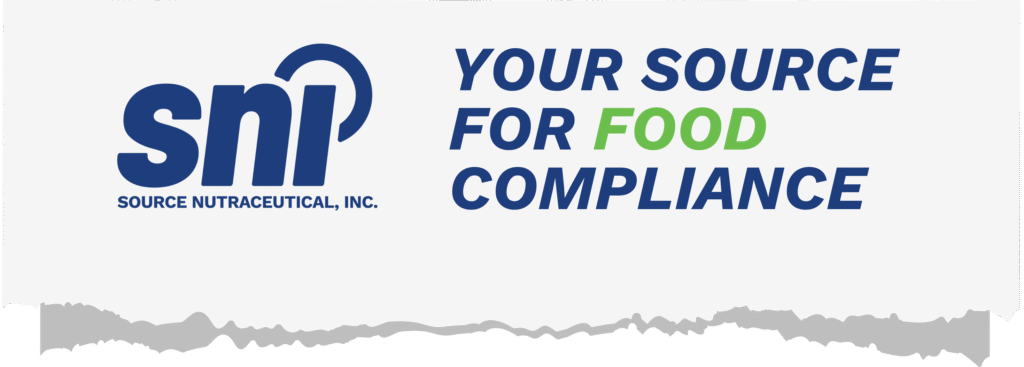
To learn how Source Nutraceutical Inc. can support your team with regulatory planning, product reformulation, or cross-border labelling compliance, contact us today. Our experts are here to help ensure your food products remain competitive, compliant, and market ready.
🥐 More about our services here.
💡 Compliance is easy with the right support!
📩 info@sourcenutra.com
⬇️ Send us a request for support or an introductory call
FAQ
What does Health Canada’s proposal on juice in caffeinated beverages involve?
The proposal allows up to 30 % fruit and/or vegetable juice (including purée, pulp or nectar) in both low‑caffeine (≤150 ppm) and higher‑caffeine (150–400 ppm) water‑based beverages. It aligns limits across all caffeine levels to ensure consistent regulatory conditions.
How will the proposed juice limit affect labelling requirements?
Labelling rules remain unchanged. Producers cannot use words like “juice,” “purée,” “pulp” or “nectar” on the front label—except in the ingredient list. Mandatory caution statements such as “contains caffeine,” “high caffeine content,” and age or pregnancy warnings still apply.
Must manufacturers reformulate or relabel products due to this change?
No. The amendment is optional. Companies may choose to maintain their existing formulation below 25 % juice or update to include up to 30 % juice, provided they revise the Supplemented Food Facts table to reflect any new formulation.
When will the 30 % juice allowance take effect and how can stakeholders comment?
Once the change is finalized, it becomes effective upon publication in the List of Permitted Supplemental Ingredients, with no transition period needed. Stakeholders can submit feedback via email by October 8, 2025 with “juice‑caffeine (P‑SIS‑25‑02)” in the subject line.
Why is Health Canada proposing to increase the juice allowance in caffeinated drinks?
Health Canada reviewed the scientific data and found no safety issues with a 30 % juice limit. The change also resolves inconsistencies that previously imposed stricter limits on lower‑caffeine beverages compared to higher‑caffeine ones and corrects translation and wording errors in the official documents.
